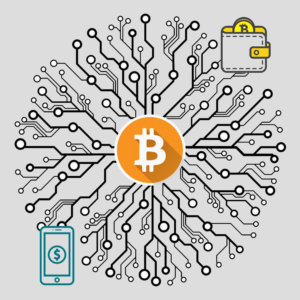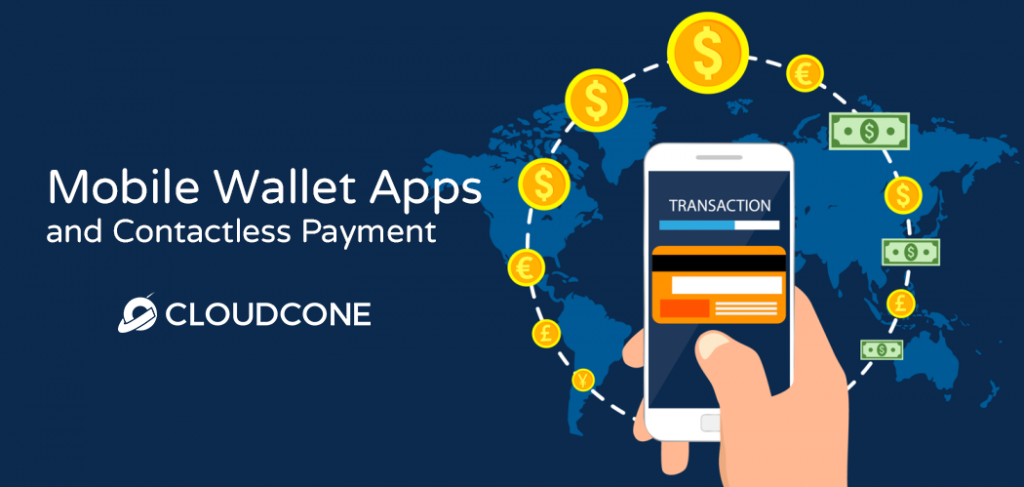Let’s take a look at the currency’s prehistory. Before the legend emerged, there were some technologies being tested to create a digital platform of transaction, which would take over the physical use of money. E-cash was invented by David Chaum and Stefan Brands, Adam Back came along and introduced hashcash and Nick Szabo invented the bitgold. Ultimately it was Bitcoin who emerged triumphant in the game of its establishment.
Moving along to the creation of Bitcoin, Satoshi Nakamoto registered the name Bitcoin.org on the 18th of August 2008. The Bitcoin network embarked its existence in January 2009 by releasing the first open source Bitcoin client and the issuance of the first Bitcoin.
So to wrap things up what exactly is a Bitcoin? Well according to Wikipedia it’s simply a cryptocurrency, a digital asset designed to work as a medium of exchange that uses cryptography to control its creation and management, rather than relying on central authorities. And there you have it! The exact definition as to what a Bitcoin is.
Yet how exactly does it work? The question has certainly stirred quite lot of confusion. However here’s a quick breakdown as to how it works.
The Basics
 As soon as you install a Bitcoin wallet onto your smartphone or computer, it automatically generates your first Bitcoin address and allows you to create more addresses when you require to do so. Simply like an email address you can spread the addresses among your friend circle so they can pay you and vice versa. Similar to emailing you when necessary but in Bitcoin an address can only be used once.
As soon as you install a Bitcoin wallet onto your smartphone or computer, it automatically generates your first Bitcoin address and allows you to create more addresses when you require to do so. Simply like an email address you can spread the addresses among your friend circle so they can pay you and vice versa. Similar to emailing you when necessary but in Bitcoin an address can only be used once.
The Block Chain

The entire network of Bitcoin relies on the block chain which is a shared public ledger. Confirmed transactions are recorded on the block, this allows the wallet to calculate the spender’s available balance and can verify Bitcoins that are actually owned by the spender. Cryptography is what enforces the integrity and chronicle order of the block chain.
Private Keys
A transfer of value included in the Bitcoin wallet recorded on the block chain is called a transaction. Bitcoin wallets hold a private key which is used to sign transactions pertaining mathematical proof of being originated from the owner’s wallet. The Signature is what prevents the transaction from being altered.
Mining
 Mining is the process where all transactions are broadcasted and confirmed within the network. It’s a distributed consensus system used to confirm waiting transactions recorded in the block chain. Enforcing the chronicle order of the block chain the process protects the network and allows other computers to agree on the system. You know the transactions are confirmed when they are packed up in blocks which fit highly strict cryptographic rules verified by the network. This method lets no individual control what’s in the block or replace parts of their block chain to gain back their own spends.
Mining is the process where all transactions are broadcasted and confirmed within the network. It’s a distributed consensus system used to confirm waiting transactions recorded in the block chain. Enforcing the chronicle order of the block chain the process protects the network and allows other computers to agree on the system. You know the transactions are confirmed when they are packed up in blocks which fit highly strict cryptographic rules verified by the network. This method lets no individual control what’s in the block or replace parts of their block chain to gain back their own spends.
And that’s how things work in the world of Bitcoin. This is simply a summarized version for you to get to know how Bitcoins work. To gain additional detailed knowledge regarding this scenario Bitcoin Wiki is a perfect platform.







About The Author: Anu
Content Strategist at CloudCone LLC.
More posts by Anu